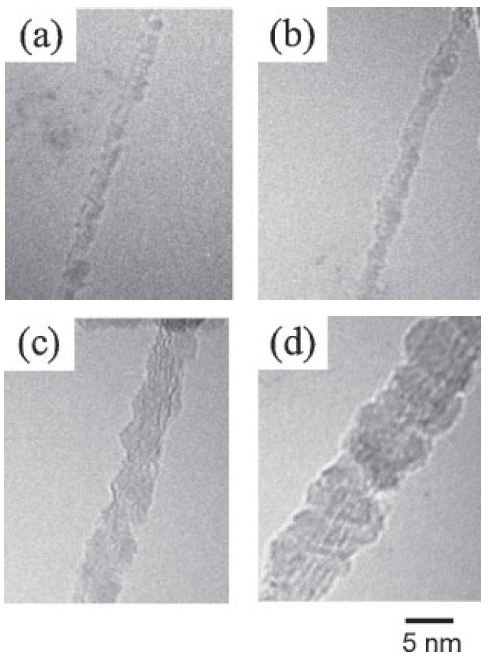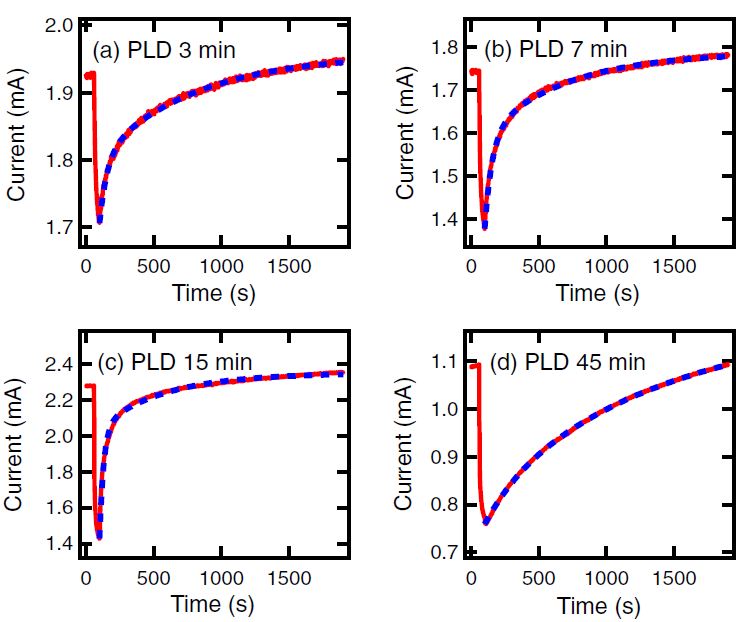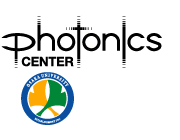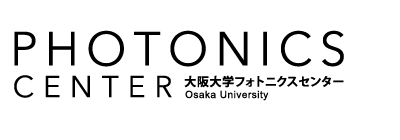研究成果46
Ultraviolet Photoresponse Properties of Single-Walled Carbon Nanotubes Decorated with Thickness-Controlled ZnO Layer by Pulsed Laser Deposition
Kenta Itabashi, Hiroshi Tabata, Winadda Wongwiriyapan, Shinji Minami, Kazutoshi Matsushita, Ryotaro Shimazaki, Tsuyoshi Ueda, Tatsuya Ito, and Mitsuhiro Katayama
JapaneseJournal of Applied Physics 51 (2012) 055104

TEM images of ZnO–SWNT prepared by ZnO deposition for (a) 3, (b) 7, (c) 15, and (d) 45 min.

(Color online) Photoresponses of ZnO–SWNTs with ZnO layers of various thicknesses and surface morphologies. The theoretical fitting curves are depicted as dashed lines.
Single-walled carbon nanotubes (SWNTs) decorated with zinc oxide (ZnO) nanoparticles show remarkable UV photoresponse and are applicable as UV photodetectors. It is generally accepted that the UV response originates from the adsorption–photodesorption of oxygen from the surface of ZnO nanoparticles. We investigated the UV photoresponse properties of ZnO–decorated SWNTs, which have ZnO layers of various thicknesses and surface morphologies prepared by controlling the pulsed laser deposition (PLD) duration. The magnitude of the negative photocurrent and the recovery time were strongly dependent on the thickness and morphology of the ZnO layer, and were highest when the ZnO layer was 3–4nm thick. We revealed that there are two types of adsorption sites for oxygen on the ZnO layer, which are assigned to the oxygen-vacancy defect site and flat surface site, and that their abundances vary with the thickness and morphology of the ZnO layer, which affect the UV photoresponse properties of ZnO–SWNT devices. The present result suggests that, by controlling the number of defect sites on the ZnO surface, the photoresponse of ZnO–SWNT devices can be improved.





